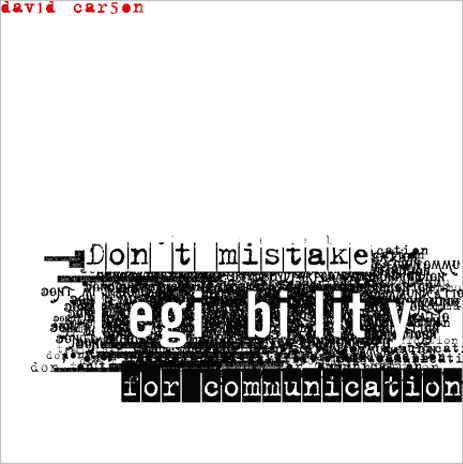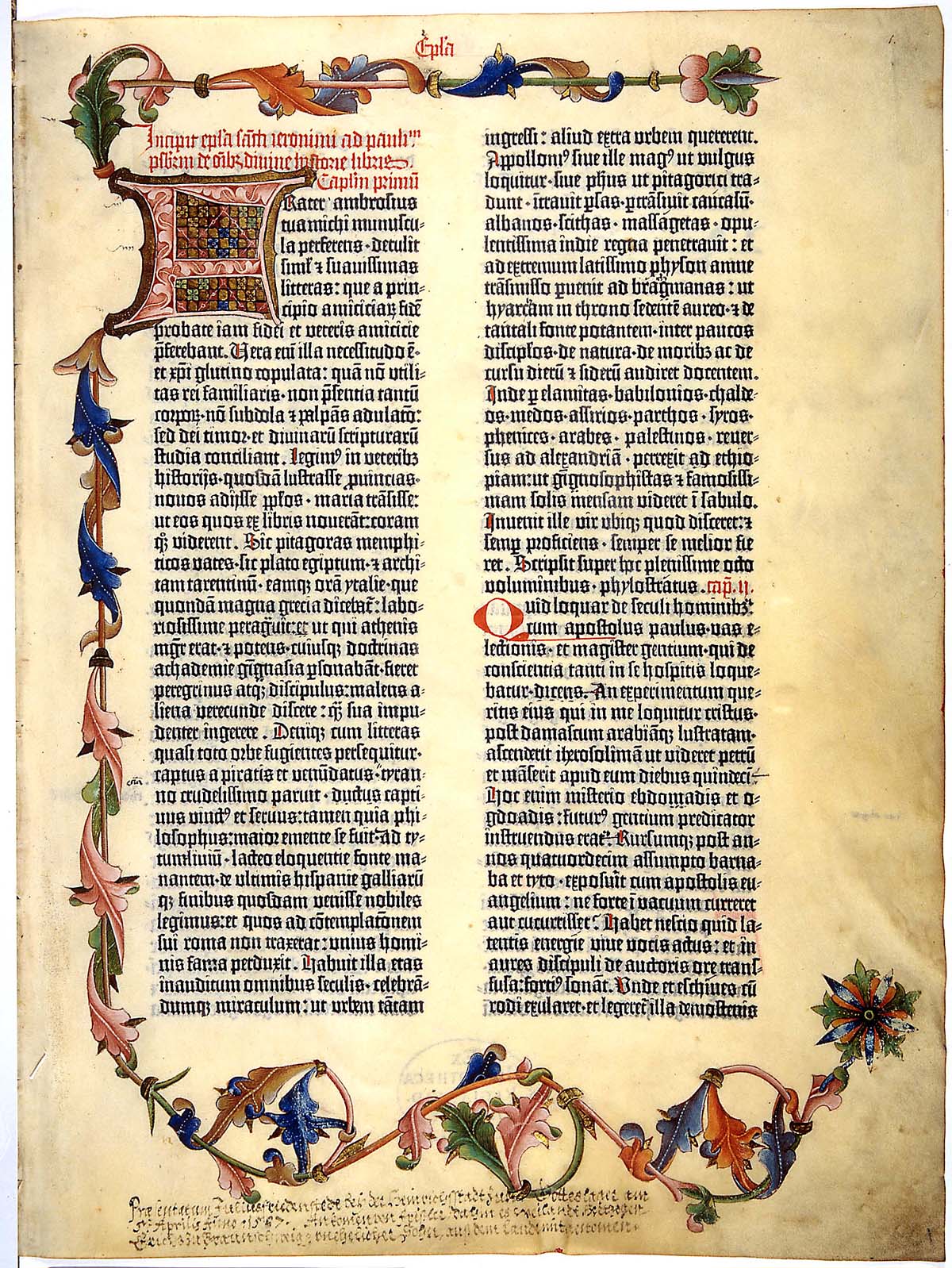Traditions – Accumulated Experience Passed from Generation to Generation. Provides a groundwork of restraints and rules, which can be broken, but are established with reason. Without tradition to form the base of artwork, artists will fall into unrealistic ways of thinking and planning.
Traditionalism – The negative aspects of traditions, wherein the traditions are elevated to a higher importance and used imperatively, rather than expressively.
The questioning of traditions are key to creativity but lacking any constraints, creativity will stagnate.
Innovation relieves the constraints of tradition, unfortunately, breaking the groundwork of previous lessons.
When innovation and tradition are both given respect, creativity is allowed to flourish.
Examples

David Carson's work is often seen as an irreverent break from tradition, forgoing legibility and readability for the overall look and feel of a piece, though as this piece suggests, his focus is communication. Carson often uses to formulate his pieces in such a way that tradition is questioned. Grouping and layering text is certain against tradition, but he questions the use of readability versus communication. Many of his works attempted to visual relate the article he was designing , rather than simply present the text in organized fashion.

Most modern movie posters can be seen as a perfect marriage of tradition and technology. Despite the evolution of technology and viable breaks from the format, movie posters continue to resemble posters seen during the Art Nouveau era and certainly bear resemblance to the very first movie posters. Tradition imposes an acceptable format for movie posters, while still giving flexibility to the designer.
Lastly, we come to Gutenberg's bible. Despite being made long before the writing of the article I read, Gutenberg exemplifies the use of innovation and tradition. His Textura type face was designed specifically to imitate and respect the traditions of the hand-written manuscripts, while embracing and utilizing to the fullest the technology on hand.

No comments:
Post a Comment